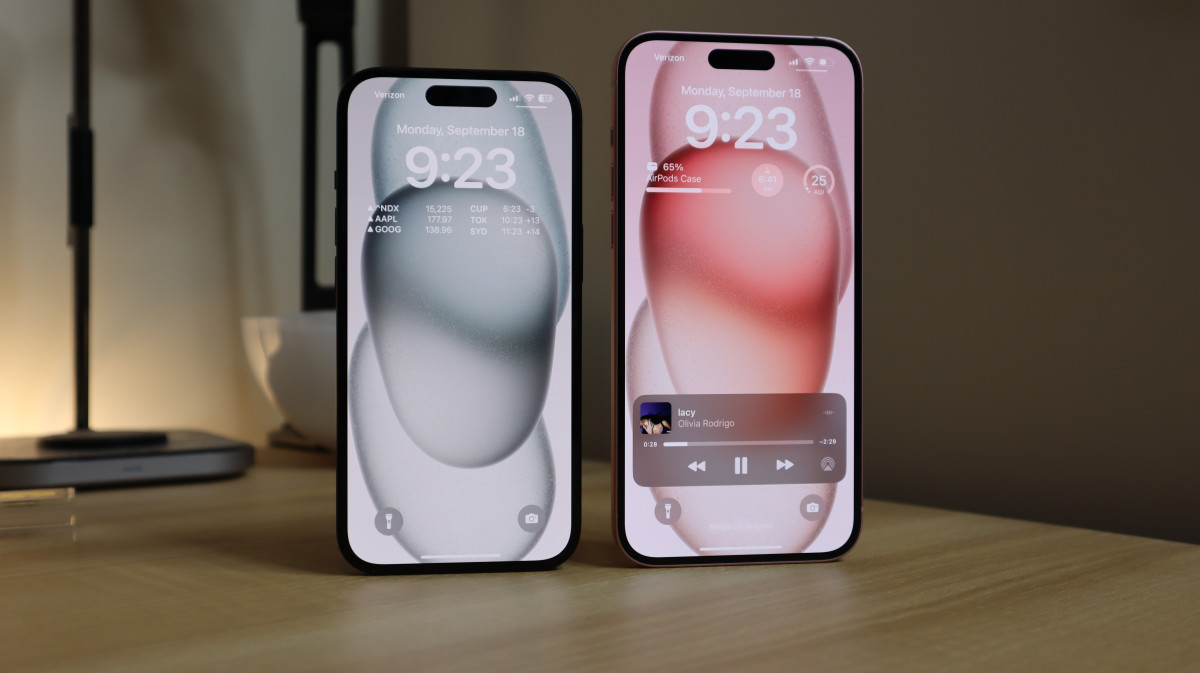
The Arena Media Brands, LLC and respective content providers to this website may receive compensation for some links to products and services on this website.
Apple’s iPhone is one of the most popular on the market at a global scale, and for 2023, the technology giant’s entry-level flagships are getting some serious upgrades. The iPhone 15 and iPhone 15 Plus stick with a working design and 6.1-inch or 6.7-inch displays but kick things up a notch with the Dynamic Island, improved cameras, and better performance.
The iPhone 15 and 15 Plus launch this Friday, Sept. 22, but I got to test them out a week early. It’s a bigger leap than that from 13 to 14, and the 15s are a great entry point to Apple’s latest family of iPhones.
Let’s dive in and see exactly who the iPhone 15 and 15 Plus are for.
Apple iPhone 15 and iPhone 15 Plus pros and cons
| Pros | Cons |
|---|---|
The Dynamic Island finally arrives on non-Pro iPhones |
Still no ProMotion or adaptive refresh rate |
Major camera upgrades improve photos and videos, while also making captures easier |
|
Long battery life on both sizes with USB-C charging |
Similar looks with a Dynamic Island
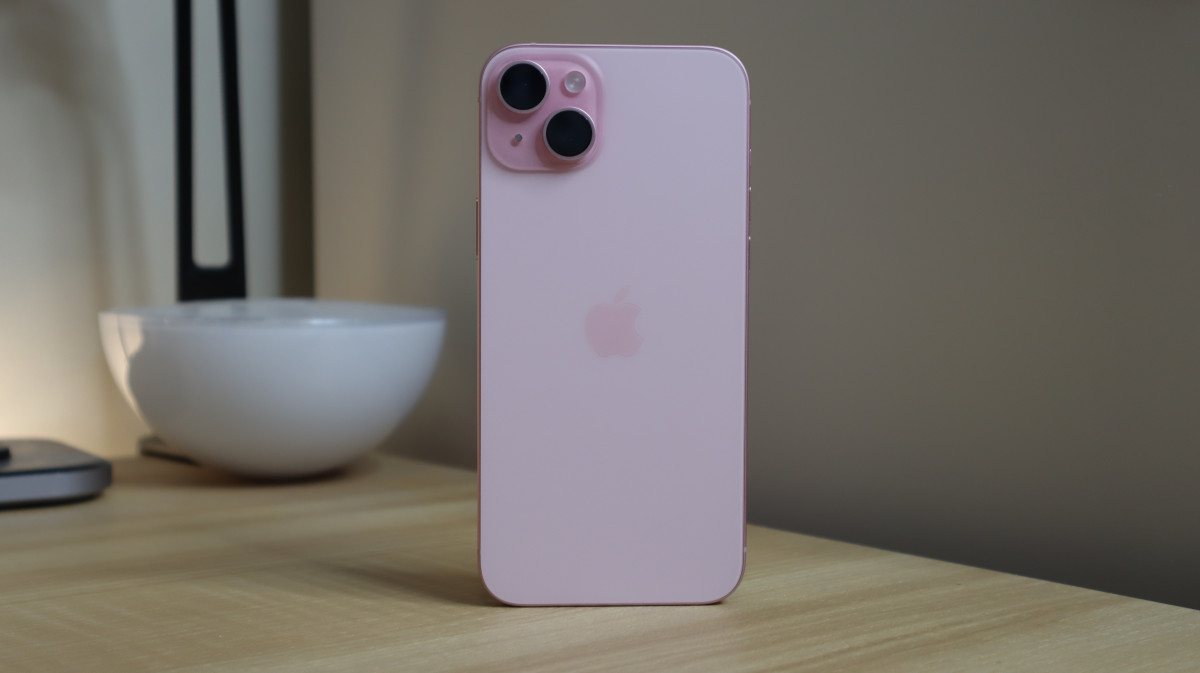
Since Apple is sticking with a 6.1-inch display on the iPhone 15 and a 6.7-inch display on the iPhone 15 Plus, it should be no surprise that these retain a similar overall build. Either is a rounded rectangle with more rounded edges that lead to better ergonomics when holding them.
Grabbing the larger 15 Plus is easier, while the standard 15 can sit comfortably in your hand. You’ll immediately notice the back is a bit more rounded and almost guides your fingers to the aluminum edges and onto the front screen. Anyone who’s used a recent iPhone will be at home with the main two camera array on the top-right rear corner, the power button on the right hand side, and the left-hand side filled with the silencer switch and volume rocker.
Related: The best iPhone 15 cases for Apple’s newest phone
The rear is still glass, but like the Pros, it’s now a matte finish and a bit more colorful thanks to a special infused glass. The 15 and 15 Plus come in pink to match the new Apple Watch Series 9, AirPods Max, and let you live out your Barbiecore dreams. It’s a pastel-y pink that might perk up more depending on how the light hits it. I’ve also tested the black iPhone 15, which screams and supports that everything should have a matte finish. iPhone 15 and 15 Plus also come in blue, green, and yellow.
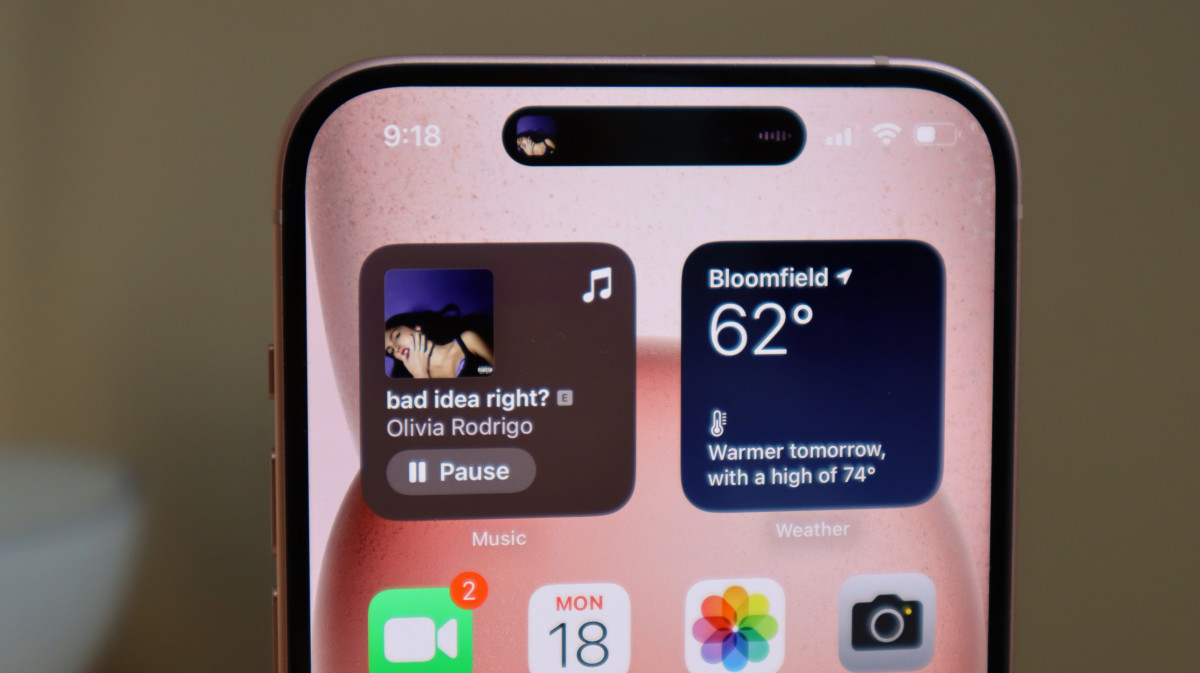
It’s all pretty familiar, though once you wake the display on the front, a change is in the air. The once-exclusive to the iPhone 14 Pro and 14 Pro Max Dynamic Island has arrived on the standard iPhones, and boy, am I happy to see it here. The Face ID notch is gone and swapped for a center near the top long pill cutout that contains all the tech needed to power Face ID. That’s the True Depth sensor stack, a 12-megapixel camera, and other sensors.
This is the Dynamic Island, and it’s essentially a portion of the screen that wraps around the front-facing camera. It’s an interactive wrap, though, as when you’re on a call and swipe up, you can see the call length at the top with a matching graphic. Playing music in Apple Music or Spotify, but you swiped up from the app? Have no fear, as you can see the album artwork and long press it on to see the name of the track and control playback.
It is quite dynamic because it can stretch to show more than an app and change based on the functionality required. Apple and third-party developers have taken advantage of it since it first launched with the 14 Pro and 14 Pro Max by delivering compelling experiences. Uber or Lyft will use it to show how far away your ride is, United will even show you your gate info and seat location when you’re on the plane. It’s all very handy and really is like having a mini display inside the larger iPhone 15 and 15 Plus displays.
Ultimately, the Dynamic Island on the iPhone 15s is a terrific addition, and I am happy that Apple didn’t take long to trickle this down from the Pros to the non-Pros. It’s also one that will continue to be more helpful as new app integrations are rolled out.
Looking further out, the respective 6.1-inch and 6.7-inch Super Retina XDR displays are still OLED panels for vibrant pops of color next to start contrast points, and they largely impress. Both are great screens, with the 6.7-inch iPhone 15 Plus scaling a bit more to show more at any given time and being a better fit for taking in content on the go. I enjoyed streaming YouTube videos and an episode of Ahsoka via Disney+ on both 15s.
And while the iPhone 15 and 15 Plus still lack a buttery smooth 120Hz refresh rate, Apple increased the maximum brightness to 2,000 nits. That makes these displays on par with their Pro counterparts at dealing with a bright sunny day or harsh lighting outdoors. You shouldn’t have any issue seeing the 15 or 15 Plus in direct sunlight, which makes these approved for a beautiful fall day spent at the pumpkin patch or under bright stadium lights.
I would love to see a higher refresh rate, especially considering the iPhone 15 starts at $799 and the 15 Plus is $100 more at $899. In comparison, competing Samsung Galaxy and Google Pixel phones come in at close or under the price point here and offer that adaptive refresh rate.
Three ways to shoot and a major main camera upgrade
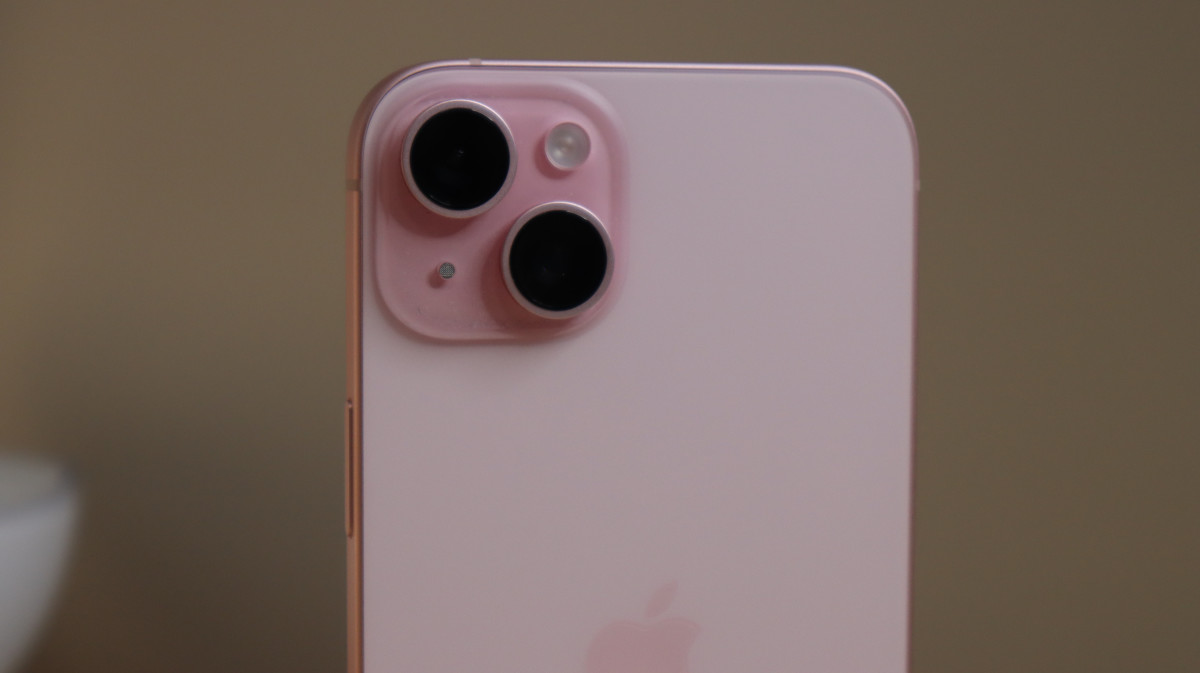
Alongside the arrival of the Dynamic Island and a change in ports, which I’ll touch on below, the other big aspect of the iPhone 15 and iPhone 15 Plus is a change in optics. Both phones still have a two-main camera array on the rear, but Apple’s upgraded the main sensor.
It’s now a 48-megapixel main camera boasting a quad-pixel sensor and the ability to rapid-fire shot 24-megapixel photos and full-resolution 48-megapixel photos in the HEIF format. Furthermore, it can capture at the standard 1x or zoom in for a 2x telephoto shot. That equates to a 2x optical zoom, considering it’s still a 12-megapixel image.
This all comes together for an incredibly capable main lens, and the first time that Apple’s upped the standard iPhone’s main camera beyond 12 megapixels, that captures rich photographs with accurate colors and plenty of details. How? Since it delivers a 24-megapixel image by default, it combines pixels for a more punchy image. At the same time, it’s running the image pipeline, which contains HDR, people or focus detection, and deep fusion, among others.
The shooting experience is still super simple, as you just hit the shutter or capture button, and the image is in your library in a few seconds. It’s all quite fast, thanks to a boost in processing from Apple’s A16 Bionic chip, which premiered on the iPhone 14 Pro and 14 Pro Max.
The biggest improvement is in details and overall colors, compared to even the iPhone 14, but you’ll see a bigger jump with older iPhones. Zooming into details on clothes or in the background, it doesn’t lose much detail, which is a normal occurrence with fewer megapixel captures. Hairlines are also improved as the clarity doesn’t drop off immediately if you’re focused on a person or two.
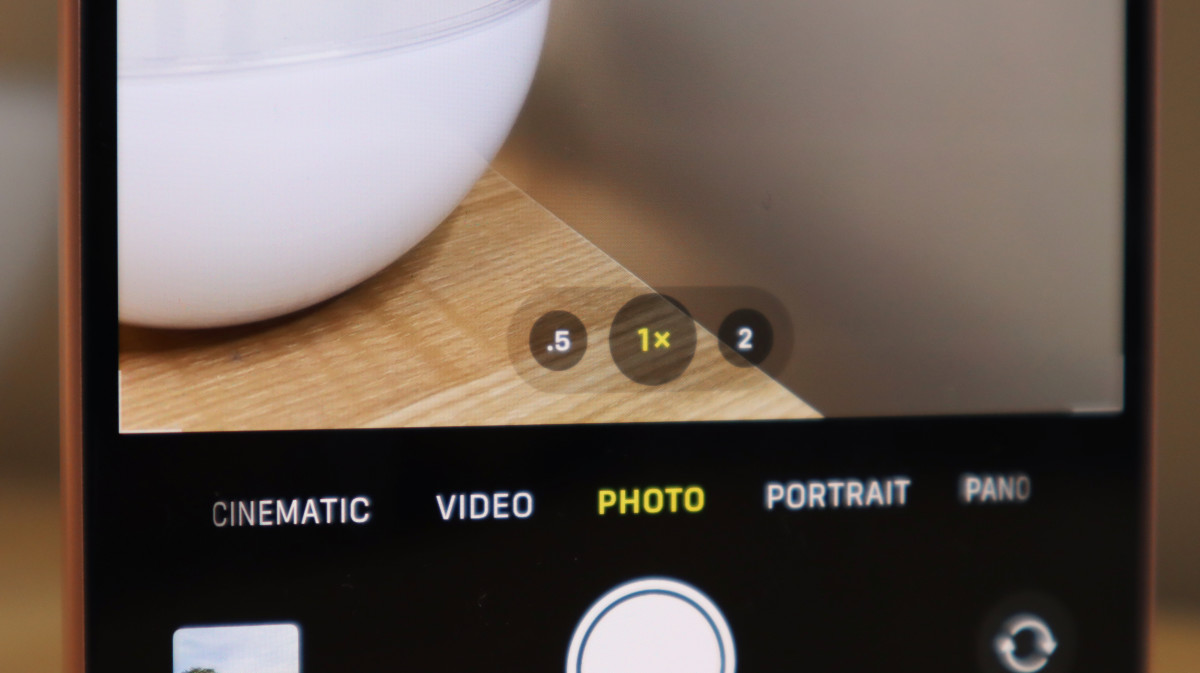
The iPhone 15 and 15 Plus use the “Photonic Eninge” that premiered with last year's Pro iPhones — vastly improving lower-lighting performance. Still, it also improves the iPhone's capability to properly capture the foreground and background without sparing aspects of the image.
Simply, the 15 and 15 Plus are still super easy to shoot with, and most of the time, you’re left with a great image to share with friends or family. The new 2x pre-shot makes it easy to quickly zoom in on a person for a tighter shot or even to zoom in on something far off in the distance. It’s the equivalent of a telephoto lens on some older Pro iPhones, but it gives you another way to shoot.
Of course, you also get the ultra-wide camera, which remains a nice way to frame more into a shot without moving physically.
My favorite feature of the upgraded cameras on the iPhone 15s and the 15 Pros would be automatic Portrait mode. Historically, you must be in the specific mode to get the shot with the awesome Bokeh effect. That’s no longer the case, though when the iPhone detects a person, dog, or cat in the frame, it automatically captures a depth map needed for a Portrait shot. You can add the bokeh effect after the fact and when shooting in Portrait mode, giving you more freedom to express the image creatively. It’s really fun.
Overall, the iPhone 15 and 15 Plus stand as some of the best cameras available in the world of smartphones, and as the standard iPhones, it’s the most compelling camera setup in years. Below is a gallery of images captured on the iPhone 15 and iPhone 15 Plus.

An image captured with the main 48-megapixel (binned down to 24-megapixels) camera on the iPhone 15 Plus.
Jacob Krol/TheStreet
Plenty of performance, and a new port
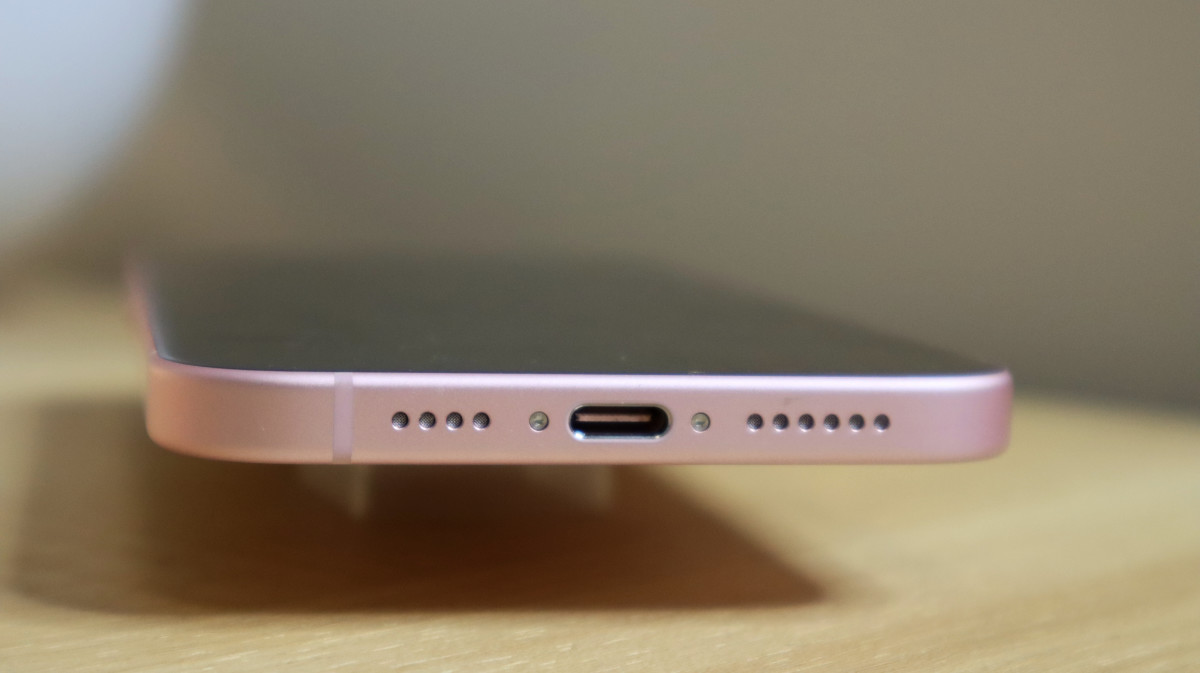
Similar to last year's iPhone 14 and 14 Plus, the 15 and 15 Plus don’t get Apple’s latest and greatest processor. It’s not a bad thing, though. The standard 15s are powered by Apple’s A16 Bionic, which debuted on the 14 and 14 Pro—and by all counts, including daily use, it’s swift, fluid chip that doesn’t show any signs of slowing down.
The iPhone 15 and iPhone 15 Plus quickly react to inputs and make both first-party and third-party applications run smoothly on iOS 17. You can easily customize your lock screen and dive directly into a FaceTime call while multitasking between apps. Neither the 15 nor the 15 Plus will skip a beat, and they keep pretty cool doing more intense tasks.
Related: Apple’s new Adaptive Audio for AirPods Pro is a game-changer for travel
The iPhone 15 and 15 Plus ran well throughout my six days and offered enough performance for any thinkable task. The A16 Bionic, coupled with 6GB of RAM, means you don’t need to worry about closing out of apps and that jumping from app to app is quick. You can be in an intense match in NBA 2K from Apple Arcade to a photo edit in Photoshop Express with texting, web browsing, and social media.
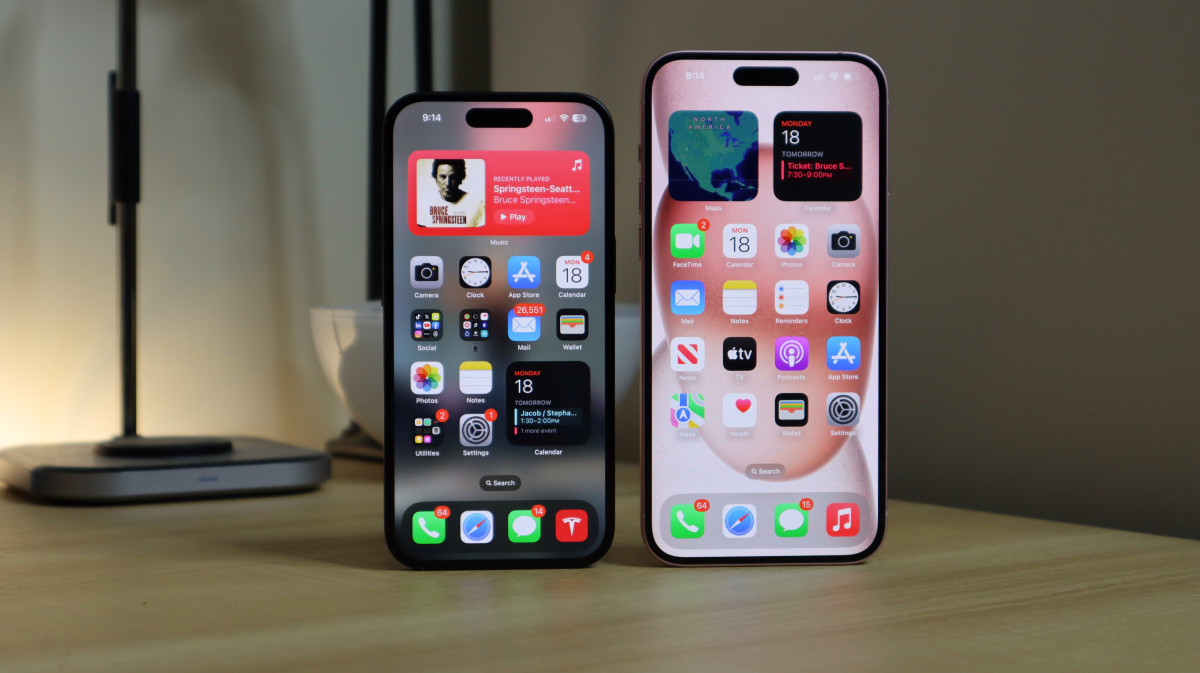
For the price, you’re getting fast performance that will be ample for really any task. It’s also efficient, like the rest of Apple’s silicone offerings, which makes for excellent battery life. Over the year with the 14 and 14 Plus, I averaged about a day of use and a day and a half, respectively.
The iPhone 15 and 15 Plus have been meeting that mark so far. I haven't dropped below 20% until the very end of a packed day on the 15 and closer to a day and a half on the 15 Plus. You will at least get a full day of use with either of the iPhone 15s.
The final major change with the iPhone 15 and 15 Plus is a change from Lightning to USB-C for the single port on the device. While it’s not the best news if you’ve invested a ton in the Lightning ecosystem, it is the case of Apple adopting a universal standard, and included in the box is a fairly premium braided USB-C to USB-C cable. At the minimum, it will be more durable than the cables included with the iPhone 14 or older.
It also means you can likely carry one less cable with you since it’s the same that other gadgets like the iPad and MacBooks use. You can even plug a device like an Apple Watch or AirPods Pro into the USB-C port on the iPhone to use it as a power bank. It’s a maximum 4.5-watt charge, but it can help when you need a quick refuel.
Like most other smartphones and previous iPhones, you’ll need a USB-C wall plug to charge using the cable out of the box and at least a 20-watt one for a faster charging experience. With the iPhone 15, you can charge it 50% in 30 minutes, while the 15 Plus takes 35 minutes to hit halfway. I’d suggest looking at Apple’s 20-watt, this option from Anker, and this one from Nomad.
Bottom Line: Is the iPhone 15 or iPhone 15 Plus worth it?

Between the arrival of the Dynamic Island and a large step up in-camera capabilities, there is much to like about the iPhone 15. Even if you have an iPhone 14, you might consider upgrading for those two reasons, but those coming from an older iPhone will see the improvements.
For instance, if you’re using an iPhone 11, you’ll move to a sharper, more vibrant OLED display, get a big leap with both cameras and stretch the battery life further. That’s a bigger step, but it’s easy to see how this is a bigger jump than the iPhone 13 to 14. The real story is that Apple is adding more Pro-centric features, like additional ways to frame a shot and a screen within a screen, to its standard devices.
And that’s excellent news if you don’t need three lenses, a smoother display, or the latest processing tech from Apple. The iPhone 15 and 15 Plus deliver excellent features that impress and speed up daily tasks. Best of all, there is the best entry-level iPhone lineup I’ve tested in several years that will last for years.
Apple's iPhone 15 and iPhone 15 Plus are up for preorder now at $799 and $899, respectively. Carriers like AT&T and Verizon are offering up to $800 off either model with a device trade-in on an eligible plan. You can see our guide to the latest deals for Apple's newest iPhones here.
View the original article to see embedded media.
Prices are accurate and items in stock at time of publishing.







